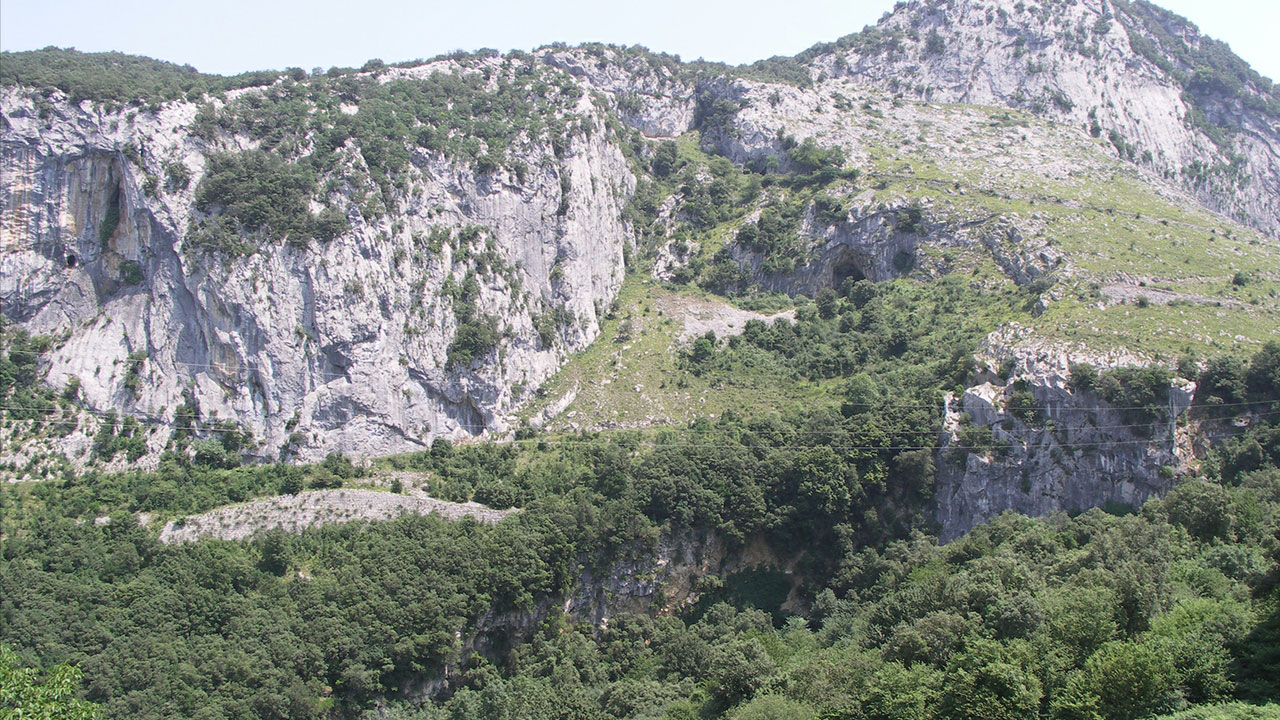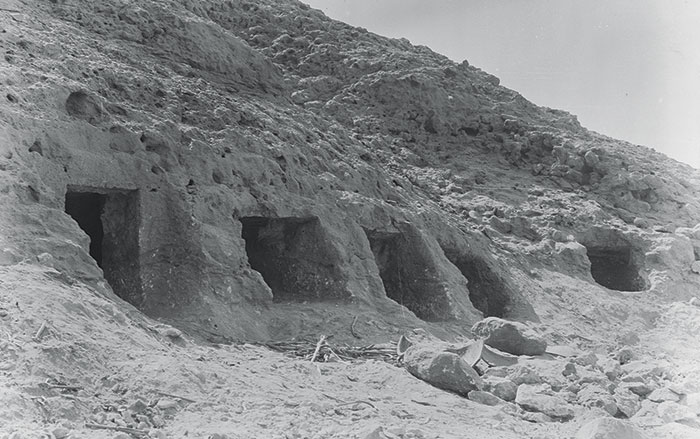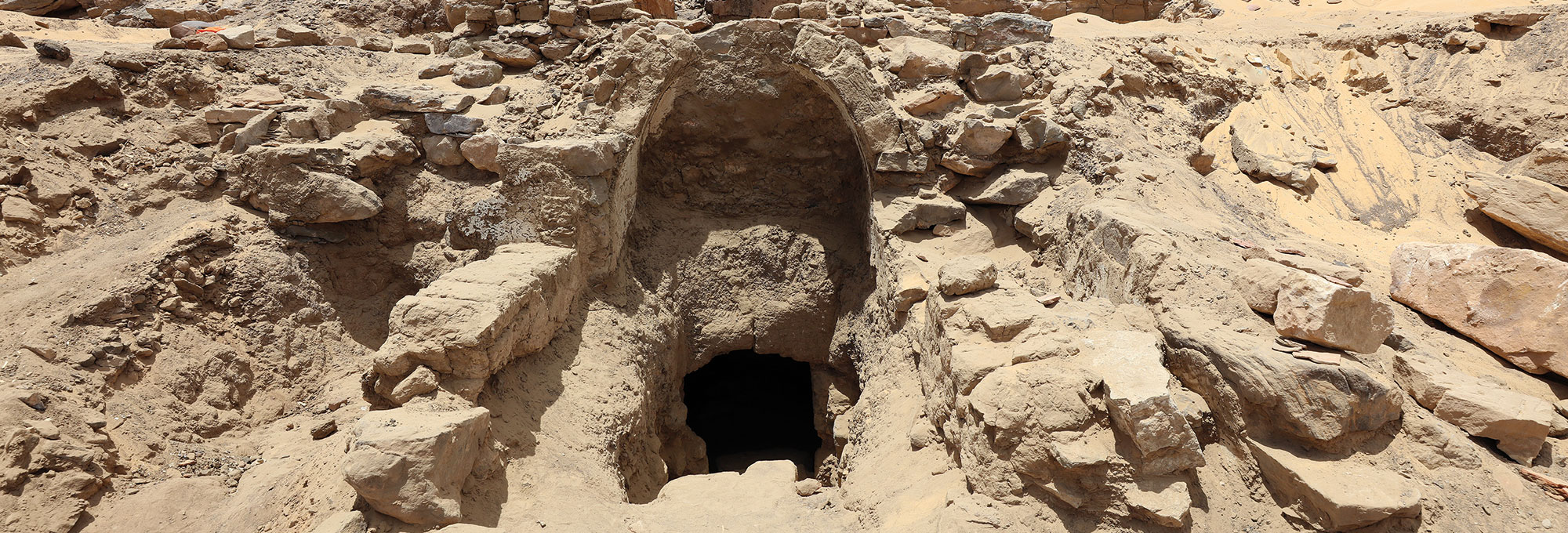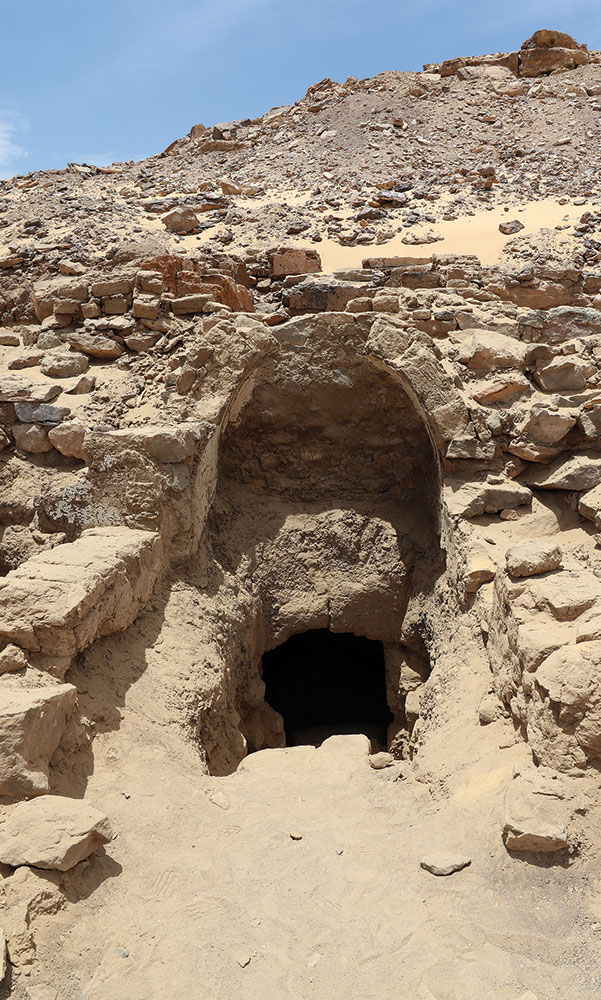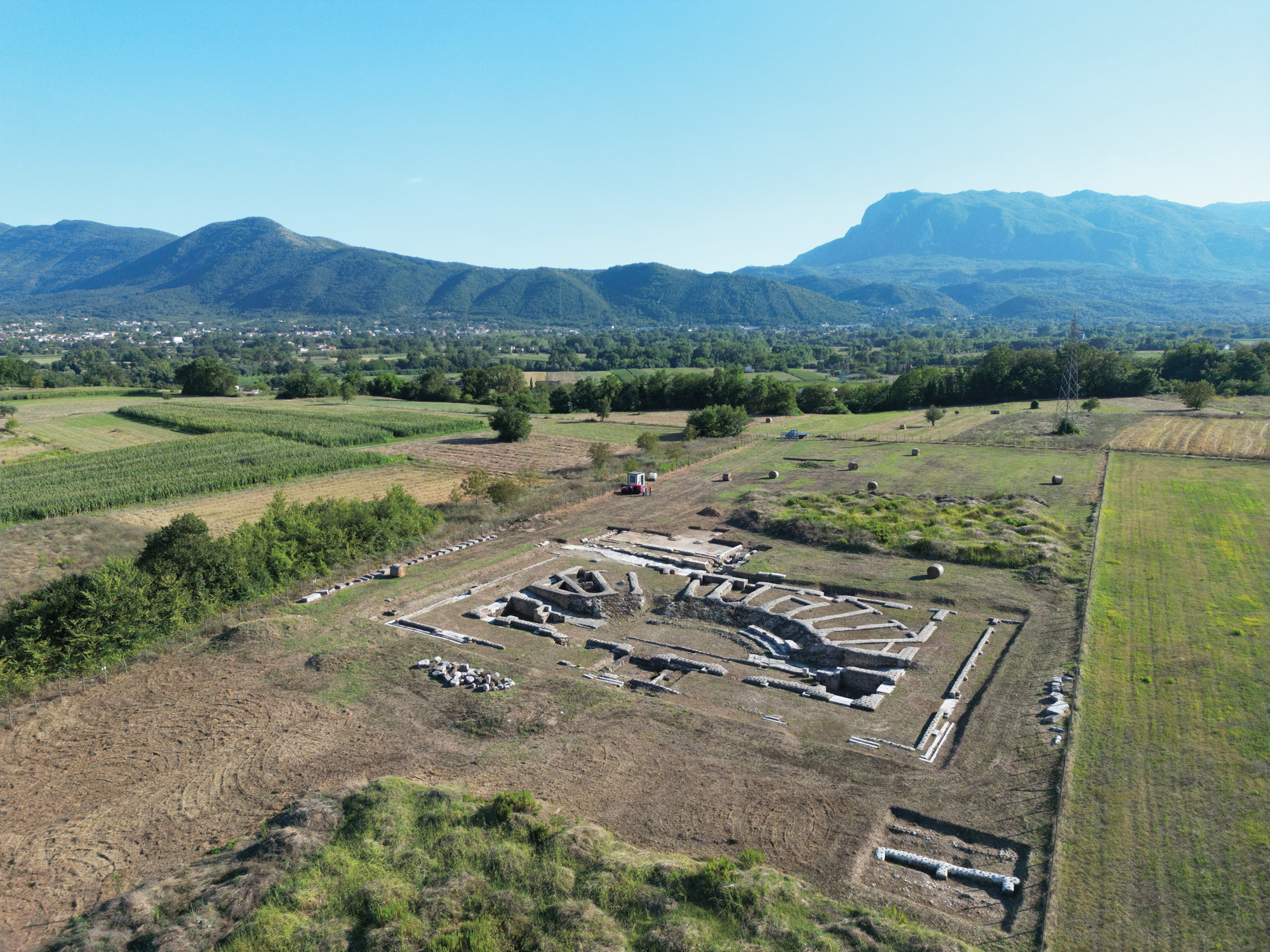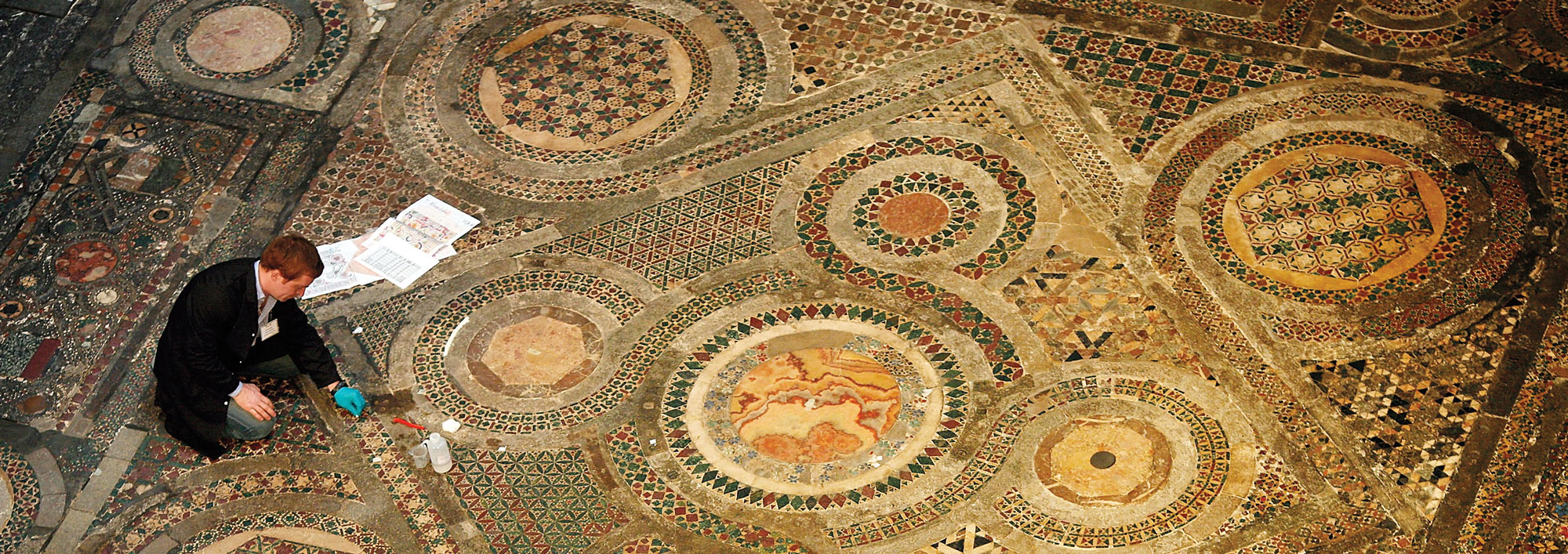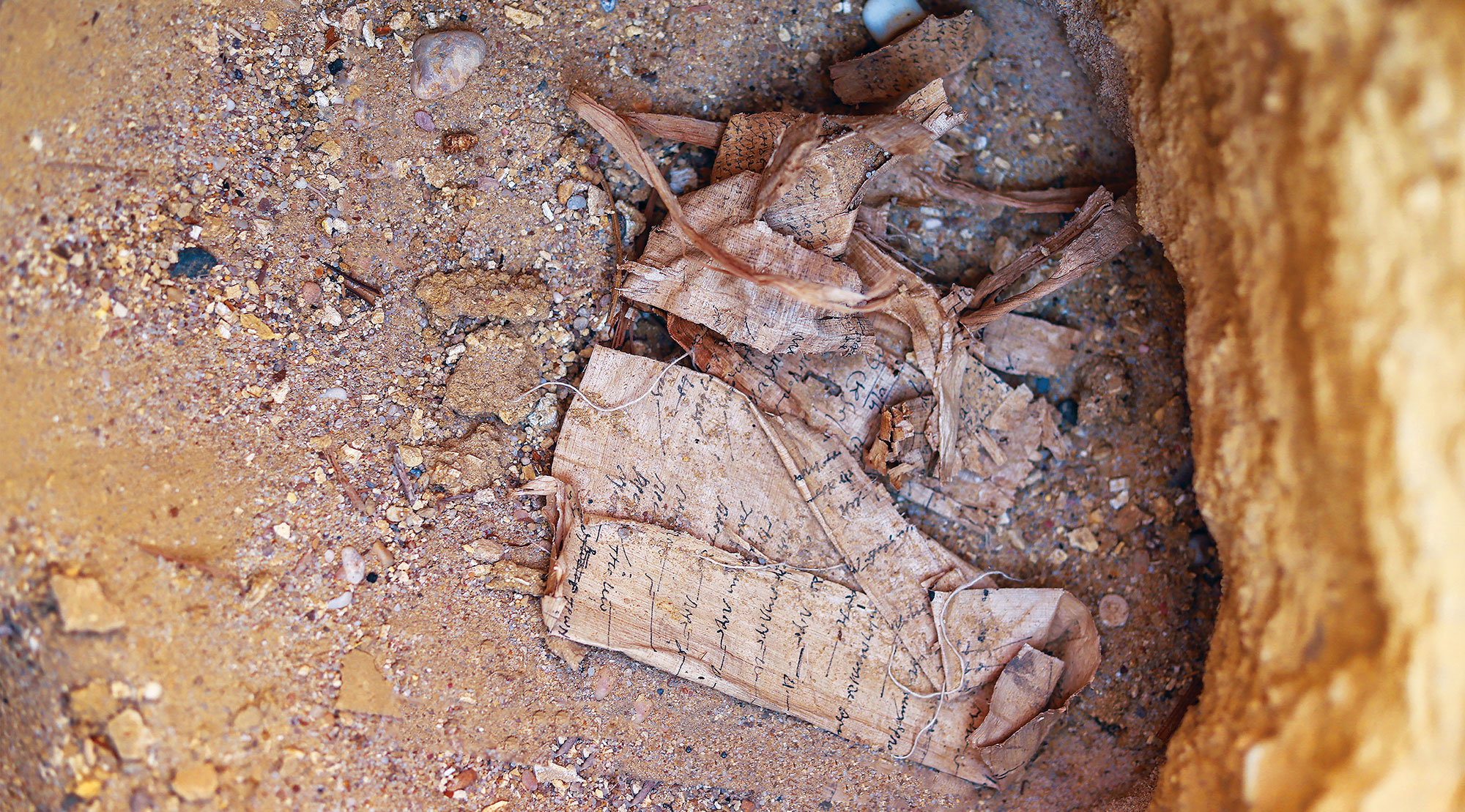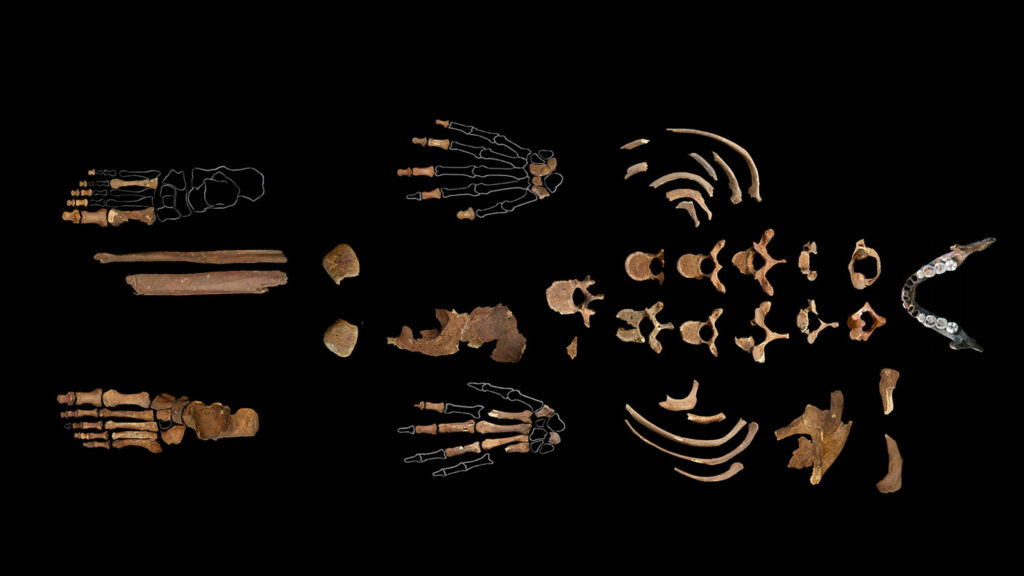
ALBUQUERQUE, NEW MEXICO—According to a statement released by the University of New Mexico, researchers led by Pere Gelabert and Victoria Oberreiter of the University of Vienna analyzed DNA recovered from soil around the so-called “Red Lady of El Mirón,” the 19,000-year-old remains of a woman discovered in northern Spain’s El Mirón Cave. The woman was named for the coating of sparkling red ocher on her bones. DNA taken from her remains and from bacteria in her dental calculus has already been analyzed. Lawrence Straus, an emeritus professor at the University of New Mexico, explained that mitochondrial DNA recovered from the cave’s soil revealed the presence of a species of wild dog known as the dhole, leopard, hyena, wooly mammoth, rhinoceros, and reindeer, even though the bones of all of these animals had not been unearthed. Well-preserved human DNA recovered from the soil was found to be similar to DNA obtained from 25,000- to 21,000-year-old remains unearthed at other archaeological sites in France and Spain. “These were the people whose range had contracted southward during the climate crisis [of the Ice Age] and who preceded the Red Lady of El Mirón and contributed to her DNA,” Straus added. For more, go to "The Red Lady of El Mirón."


